Cubic tailors mortar simulator for the US Army
The company’s mortar trainer received improvements based on soldier’s feedback.
Skydel has an open, software-defined architecture and can also produce navwar signals without any additional hardware. (Image: US DoD)
Orolia, a Safran company, has announced that its global navigation satellite system (GNSS) simulation engine software Skydel can generate more than 500 signals from one platform.
The company said the software’s capability can be scaled up when employing robust hardware component sets.
‘GNSS chipset, cellular handset and GNSS receiver manufacturers have been looking for a robust solution that can generate a very high capacity of signals – with all the constellations and multiple frequencies – from a single workstation. Skydel gives them that capability,’ Pierre-Marie Le Veel, Orolia’s simulation product director, noted in a statement.
Raytheon contracted for space-based hypersonic missile tracker
Monitoring the next domain: US launches space awareness satellites
Raytheon satellite network will help track hypersonic threats
‘With the right hardware, Skydel is the first high-capacity GNSS simulator on the market that can also accurately generate advanced multi-path, jamming, spoofing, or the high number of signals and frequencies needed for a true LEO constellation simulation.’
Orolia said its software contains a feature set that includes multi-constellation/multi-frequency signal generation, remote control from user-defined scripts and integrated interference generation.
Skydel has an open, software-defined architecture and can also produce navwar signals without any additional hardware.
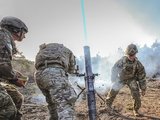
The company’s mortar trainer received improvements based on soldier’s feedback.
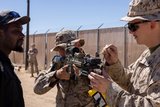
The company will operate in two new locations in the coming years to better support US services.

This type of tool provides more realistic training easing the incorporation of new scenarios that accurately represent the threats of the battlefield.
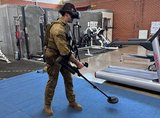
The Engineering Corps has been conducting individual instruction using FLAIM Systems’ Sweeper and should start collective deployments in 2025.
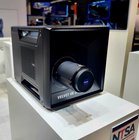
The next-generation platform is motion-compatible and can be used in OTW and NVG applications.
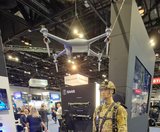
The system can be used to prepare soldiers for both drone offensive operations and CUAS missions.